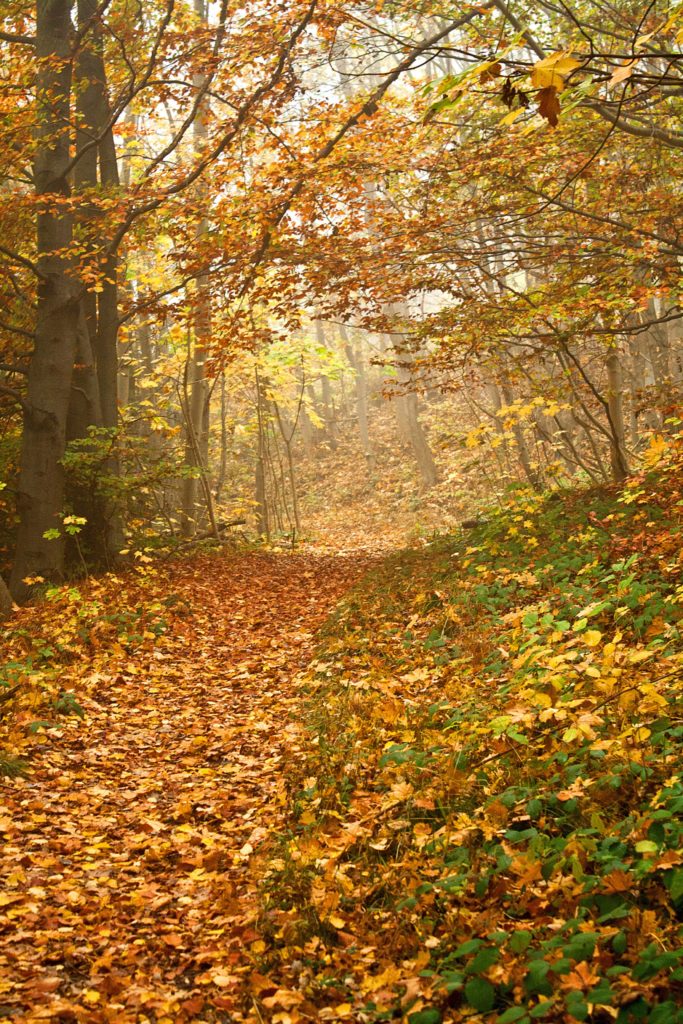In the world of modern hunting and wildlife observation, game cameras, also known as trail cameras, have revolutionized the way outdoor enthusiasts interact with the wild. These unobtrusive devices offer a window into the hidden lives of animals, providing valuable insights into their behaviors, movement patterns, and habitats. In this comprehensive guide, we’ll delve into the fascinating world of game cameras, exploring their features, applications, and tips for maximizing their effectiveness.
Understanding Game Cameras
A game camera is a specialized device designed to capture photos or videos of wildlife and their activities. These cameras are typically weather-resistant and equipped with motion sensors that trigger the capture of images or footage when they detect movement within their field of view. Game cameras have become indispensable tools for hunters, researchers, and nature enthusiasts alike.
- Components of a Game Camera:
- Image Sensor: The sensor captures the visual data, whether in the form of still images or videos.
- Infrared (IR) LED: Many game cameras feature IR LEDs for nighttime and low-light imaging. These LEDs emit infrared light that is invisible to most animals, allowing for discrete monitoring.
- Motion Sensor: The motion sensor detects changes in the environment, such as movement, heat, or both, and triggers the camera to capture images or videos.
- Storage: Game cameras store images and videos on memory cards, usually SD cards. Some models may offer built-in storage or wireless transfer options.
- Battery or Power Source: Game cameras are powered by batteries, solar panels, or external power sources. Battery life varies depending on camera settings and usage.
Applications of Game Cameras
- Wildlife Monitoring:
Game cameras are invaluable tools for studying animal behavior and population dynamics. Researchers use them to monitor wildlife movements, migration patterns, and habitat usage.
- Hunting and Scouting:
Hunters use game cameras to scout hunting areas, identify potential game trails, and track the movement of target species. These cameras provide crucial information that aids in strategic hunting.
- Property Security:
Game cameras are often employed for security purposes on properties, farms, and remote areas. They can capture images of intruders or wildlife disturbances.
- Education and Awareness:
Game cameras provide captivating visual content that can be used for educational purposes, nature documentaries, and raising awareness about wildlife conservation.
Selecting the Right Game Camera
- Resolution and Image Quality:
Higher resolution cameras capture more detailed images. Consider the intended use and how you plan to view the images when selecting a resolution.
- Trigger Speed:
Trigger speed is the time it takes for the camera to capture an image after detecting motion. Faster trigger speeds reduce the chances of missing fast-moving animals.
- Detection Range:
The detection range refers to how far the camera’s sensor can detect motion. Choose a camera with a suitable detection range for the area you intend to monitor.
- Battery Life:
Longer battery life is crucial, especially for cameras placed in remote areas. Consider energy-efficient models or use external power sources.
- Flash Type:
Choose between incandescent flash, which provides color images at night but may startle animals, and infrared flash, which is less intrusive but captures monochromatic images.
- Wireless and Cellular Capabilities:
Some game cameras offer wireless connectivity, allowing you to receive images remotely through email or a mobile app.
Tips for Effective Game Camera Use
- Location is Key:
Place game cameras near natural features like water sources, food plots, and game trails to increase your chances of capturing wildlife activity.
- Camera Height and Angle:
Mount the camera at the appropriate height and angle to ensure it captures the desired area without being obstructed by vegetation.
- Check and Maintain:
Regularly inspect and clean your camera to ensure it’s functioning optimally. Replace batteries and memory cards as needed.
- Stealth and Scent Control:
Minimize human scent and avoid making loud noises when installing or checking your camera to prevent spooking wildlife.
- Use Multiple Cameras:
Deploying multiple cameras in different locations provides a more comprehensive view of wildlife activity and helps you gather more accurate data.
Game cameras have revolutionized wildlife observation and hunting by offering a unique window into the natural world. Whether you’re a passionate hunter, a wildlife researcher, or simply an outdoor enthusiast, these devices allow you to explore the intricate lives of animals in their native habitats. By understanding the components, applications, and tips for effective use of game cameras, you can unlock a treasure trove of insights, capture breathtaking images, and deepen your connection with the captivating world of wildlife.

